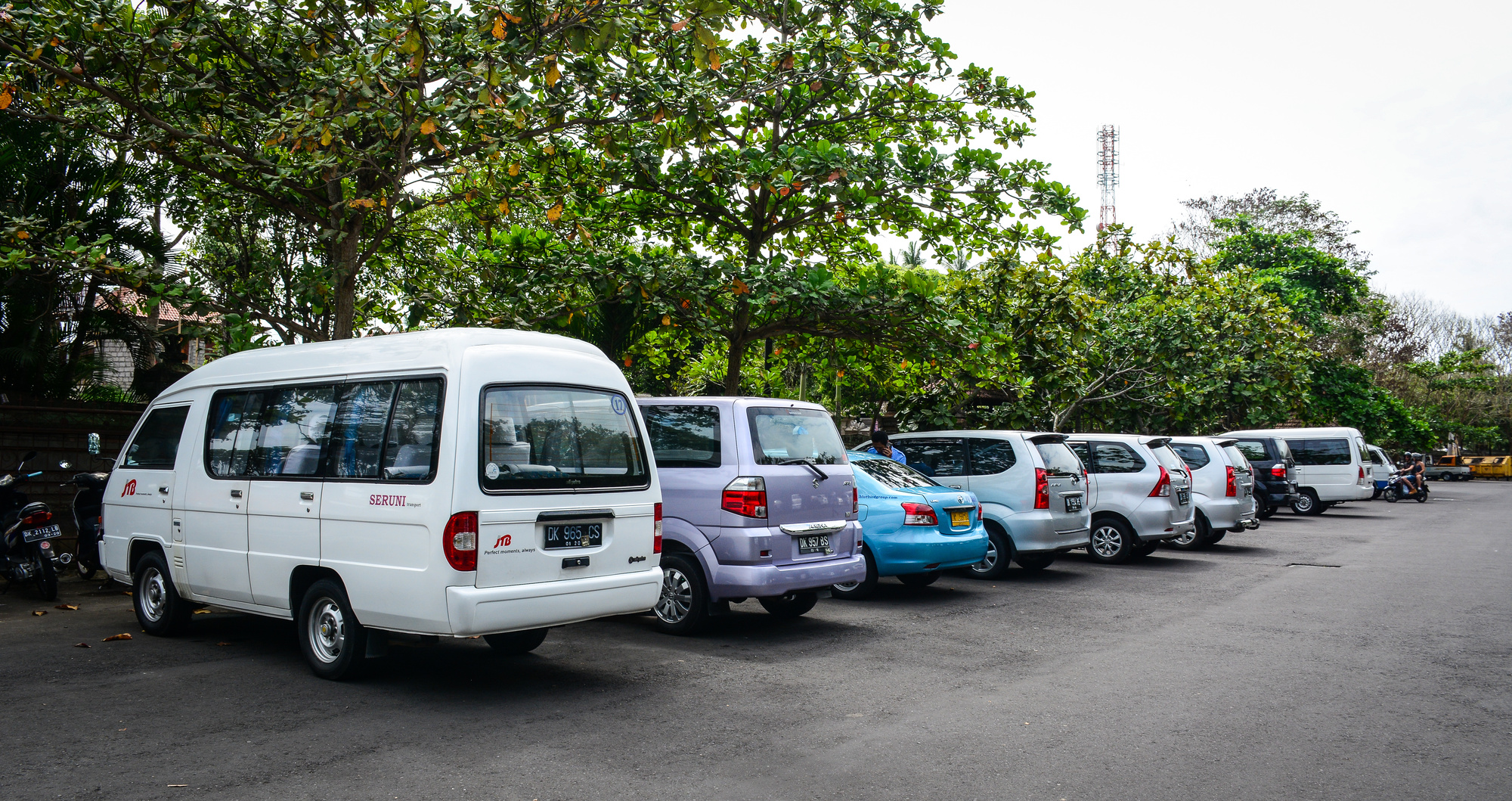Dealing with the guy at the impound lot isn’t like dealing with a shady or difficult mechanic.
You’ve heard that you need a license to get your car back, but if you don’t have that after a DUI, what do you do? If you have a sweet car, you don’t want it to sit there under the care of people who have little regard for your ride.
When you don’t want to wait around for your legal problems to resolve themselves, follow our helpful tips below to get your car back. We’ve made a list of five things to find before you can retrieve your vehicle from impound. Read on.
1. Find the Original Title
You’ll need to prove that you own the vehicle. The easiest way to do that is to find the title.
A signed-over title won’t do. The only proof the impound lot will take is one that has actual state-printed information on it. It must show you as the owner.
If you don’t know where it is, or you only have a signed-over title, you’ll need to get a replacement. Each state has their own requirements for getting a new title for your vehicle, but most have instructions on their website.
Before you can get your car out of the impound lot, you need to make sure you can find your original title or get a replacement. If you have this, you can move on to the next step.
2. Find Another Form of ID
When they’re impounding vehicles, the police don’t check to see if you have all the identification you’ll need to get them back. If you are in the middle of a move and have a temporary license, or you had your wallet stolen and haven’t gotten your replacement in the mail yet, this step may be hard for you.
To get your car out of the impound lot, you’ll have to show a valid government-issued ID. If the police arrested you for a DUI, it’s probable they took your drivers license away. If you happen to have a passport, this will work.
If there is no passport option for you, the next option is a state ID. It’s like a drivers license, but it doesn’t allow you to operate a vehicle.
You can apply at the Bureau of Motor Vehicles office in your state, and most need you to bring your original Social Security card, your birth certificate, and sometimes other things like proof of address or proof of signature. There may also be a fee associated with the new ID card. It’s a good idea to call ahead to learn about any other requirements they may have before you make the trip.
3. Find Your Vehicle
The third step is to find your vehicle. If you don’t know which impound lot has your car, you’ll need to find out. You may receive a letter in the mail telling you the location, but you also may need to call the police precinct and ask.
When you got arrested, you should have gotten some kind of paperwork. Have that with you by the phone when you call about your car. They may need some information from the paperwork, like a receipt number or a voucher number.
If you can provide all the information they need, they’ll be able to find out a lot faster where the tow truck brought your car.
4. Find Some Extra Cash
The fee to get your car out of impound may be hefty. You won’t want to know how much it is, in particular, if it has been there for several days. But, you’ll need to find out what the exact amount it before you can retrieve your vehicle.
Fees to get a car out of an impound lot cost anywhere from $100-$250, and you’ll also have to pay a towing fee (another $100-$800). Then they will charge you a storage fee for every day that the car was in the lot, which can be anywhere from $10-$100 a day.
It may be hard to find all that extra cash when you have legal fees and other bills from cases like wrongful death lawsuits on top of it. Some impound lots take credit cards, so you should call ahead and find out what methods of payment they accept, too.
When you have all the information you need and your payment in order, you can move on to the last step.
5. Find Out What You’re Missing
The last thing you have to find is whatever you are missing. That sounds like an impossible task, but when you’re on the phone with the impound lot, they should be able to tell you. Each one is different, so have a pen and paper handy to write down any extra requirements.
Some states need a second form of ID, a notarized letter so that someone else can drive away with your car, and proof of insurance.
Get Your Car From the Impound Lot
When you’re ready, bring it all these pieces of information with you to the impound lot. Make sure to check the hours of operation so you can go when they are open.
It’s a good idea to go with plenty of time before closing-attendants will be more agreeable when helping you. If you go at closing time, they may be more difficult.
For more on cars like maintenance, DIY auto repair, and classic cars, read more of our blog.

